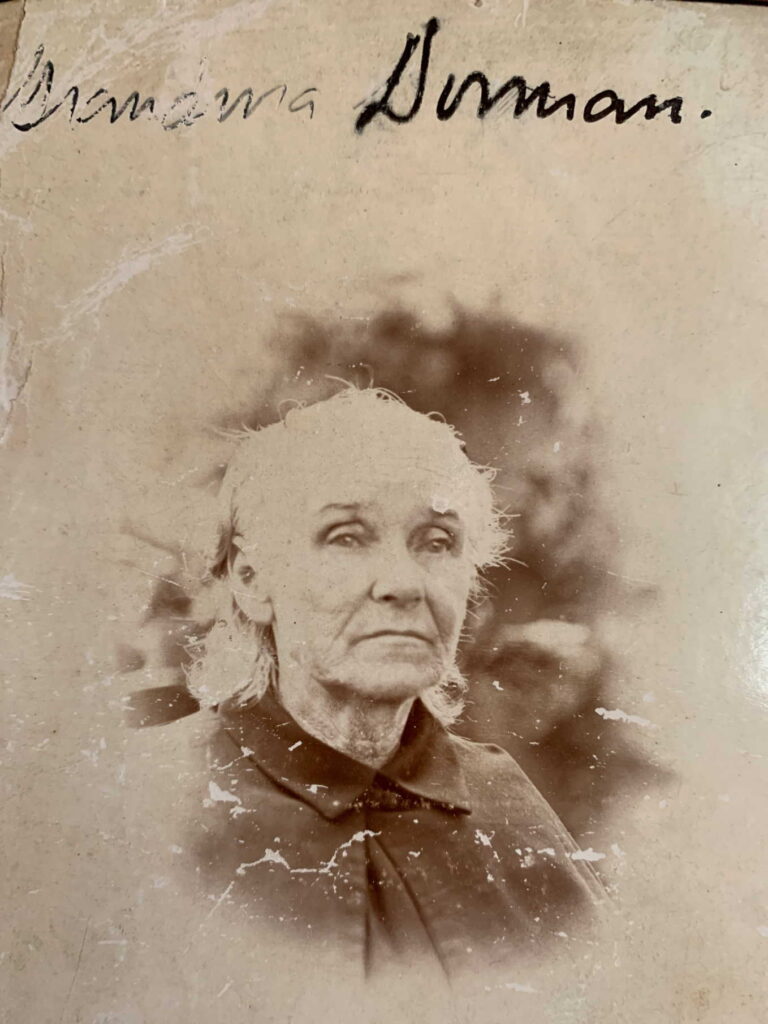
Last week, I talked about the mass grave of yellow fever victims from 1862; I’ve also mentioned the Yellow Jack before in connection to Kate Dorman lore. So, let’s get into what happened and the history of that time.
In July of 1862, the yellow fever epidemic hit Sabine Pass as a result of a vessel that ran the blockade by the Union navy. At least one thousand people deserted the area, afraid of what was then known as the Yellow Jack. The fever killed a hundred people in Sabine and Beaumont combined, forty of whom were Confederate soldiers. At the time, a woman named Kate Dorman, who owned the Catfish Hotel, saw her tenants fleeing like everyone else in Sabine Pass, but she stood strong. Seeing the sick and dying from the wretched disease, she turned her hotel into a makeshift hospital. With no regard for their health, Kate, Sarah Vosburg, and Sarah Ann King Court cared for the unwell.
At this time, Union forces were in the area but were not permitted to take the town because of the yellow fever outbreak. It wasn’t until October that the federals decided to land in Sabine and take out a fort and the calvary barracks. They had a howitzer but needed a horse and a cart to transport it, so they took Kate’s. Only God and the Union navy know what wrath Kate unleashed upon them. After seizing Kate’s horse and cart, the soldier in command went to Kate’s husband and said that they would hang him if he didn’t shut up his wife because hanging a woman in 1862 would not look good for the federals. Also, legend has it that the commander assured Kate they would return both the horse and the cart. And they did. Even in war, ticking off a four-foot-eleven Irish woman is not good.
I don’t know if this is accurate, but according to Willie Nelson, “you can’t hang a man for killin’ a woman who’s tryin’ to steal your horse.” I assume it would be reversed if the woman owned the horse and some guy and his foreign military invader buddies were the thieves. So, I guess Kate would have had to shoot him and go to trial, but it was wartime, and Texas law did not matter when the state was invaded by a foreign power, so I have no idea. Maybe I thought about this too much. I guess I should post this on one of Wanda’s pages so that an argument would ensue. I’m certain that a few of her besties would be in Facebook jail after commenting.
Well, the ground penetrating radar (GPR) survey was not good. The results were not good because of the weather conditions and the ground’s saturation. The GPR only worked up to a meter down, which meant nothing was found. I assume we need to be out there in August’s hot, dry, and drought-like conditions. This is fine with me, and I’m sure the others will agree because it was cold! Currently, with notice, I have no problem volunteering for this project. One thing I wonder about is if it is in the marsh. I don’t know if the GPR is something that could be used. I’m sure there’s something out there, but there are many more intelligent people than me in the mix, so I’ll let them handle it going forward.
Yes, it is Women’s History Month, and I want to bring up Olveta Culp, but I’m pro-Florence Stratton, so I’ll do it like this. William P. Hobby married Willie Cooper in New Orleans in 1915. Florence was best friends with Hobby and Willie, so much so that she lived in the Texas governor’s mansion. There is lore that when Willie died, Florence may have thought that W. P. would marry her, but he married Olveta instead in 1931. Hobby was fifty-three at the time, and Florence was forty-nine, but Olveta was twenty-six. Not knowing anything else other than that, I will leave you with this quote from Jackie Cochran, the head of the Women Airforce Service Pilots (WASP), on Olveta, “I will not serve under a woman who doesn’t know her ass from a propeller.”
Jackie Cochran was a pilot and didn’t have time for political BS like Olveta. She also knew that her gals in WASP could ferry planes from the factories to their destination for the war effort, while their male counterparts were in combat roles. She was the first woman to fly a bomber across the Atlantic and volunteered for a time in England. So, she saw how female pilots were a great resource for the war effort. They were appreciated, unlike the WASP women here in the United States, or the Nachthexen who were flying real sorties against the Germans. I want to get into that in a bit.
It’s amazing how much crap oozes to the surface when people do things that tick off others. What did they do? They did a man’s job and probably did it better. Many men took offense for some damn reason that women were wearing the uniform and getting the job done. The crap that these women had to go through, including the sabotaging of their planes! Really! Some of the pilots died because of this. These jacklegs, who never saw combat, were ticked off because a woman could fly a plane. That is the lowest form of life, and I compare this to the Russians, or should I say the Soviets?
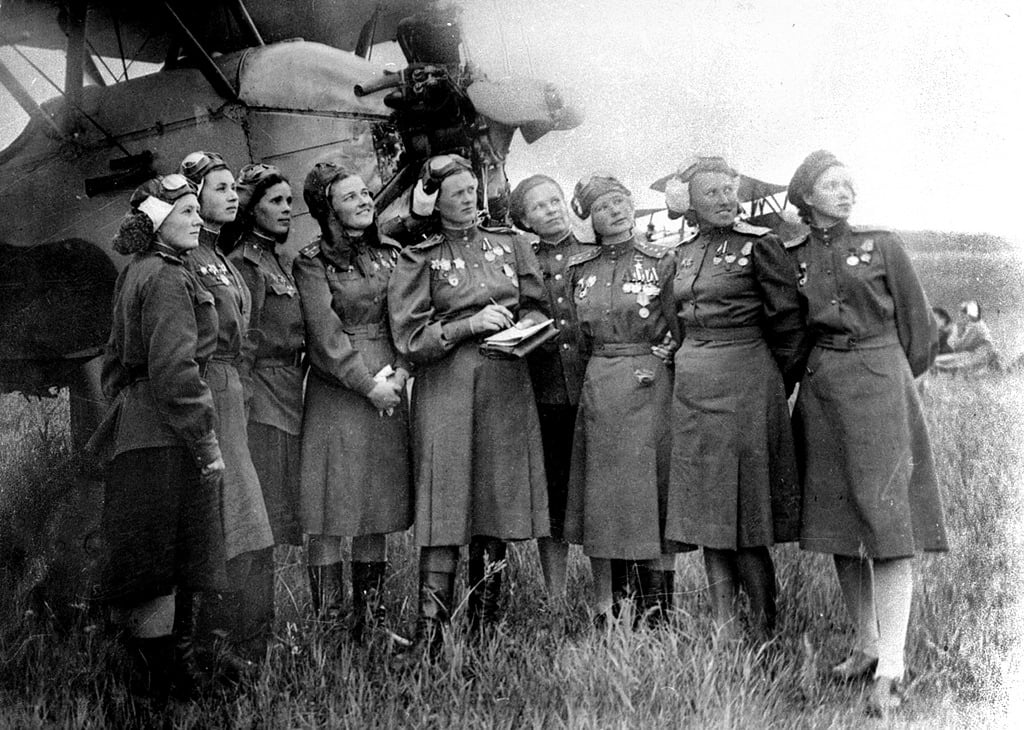
I mentioned the Nachthexen (Ночные ведьмы) earlier. These ladies did see combat and were equally ready to do their part. So much so, in fact, that they flew crop dusters at night on German targets. They had to turn their engines off and glide toward the target as soon as they reached their mark. They dealt with frostbite and carried out multiple bombing runs each night. Their clothes didn’t fit because they were given male uniforms, and they were not seen as proper soldiers. These were the women of the 588th Night Bomber Regiment, later known as the 46th Taman Guards Night Bomber Aviation Regiment, of the Soviet air force.
This is not really SETX history, but the Nachthexen (Night Witches) and Jackie Cochran hit a nerve with me, as much as old Kate did. Kate would have approved of Jackie Cochran, and if she had had twenty-five Night Witches, she would have dealt with the federals stealing her horse.
Until next week.
W.T. Block Yellow Fever:
http://www.wtblock.com/yellow_fever.htm
Redheaded Stranger:
Jackie Cochran:
https://en.wikipedia.org/wiki/Jacqueline_Cochran
Oveta Culp Hobby:
https://en.wikipedia.org/wiki/Oveta_Culp_Hobby
WASPs:
https://en.wikipedia.org/wiki/Women_Airforce_Service_Pilots
Night Witches:

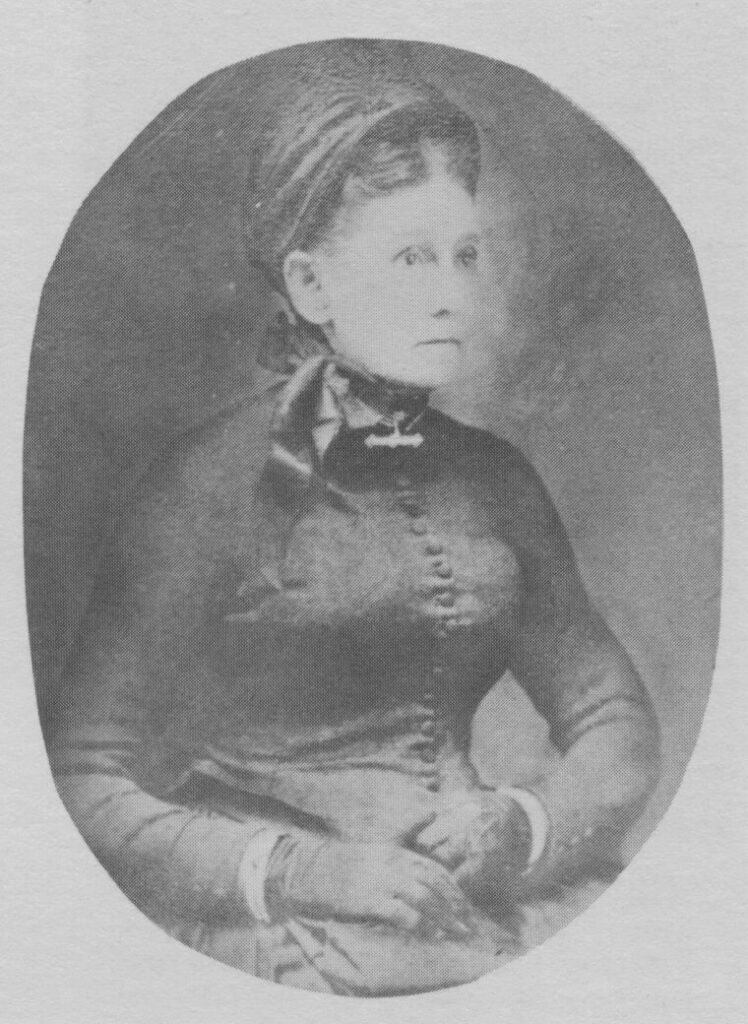

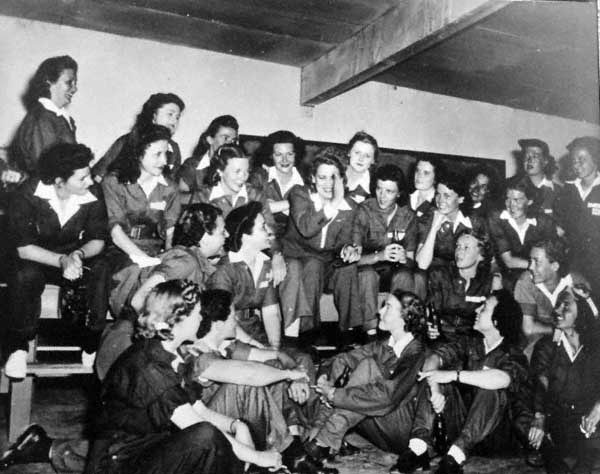
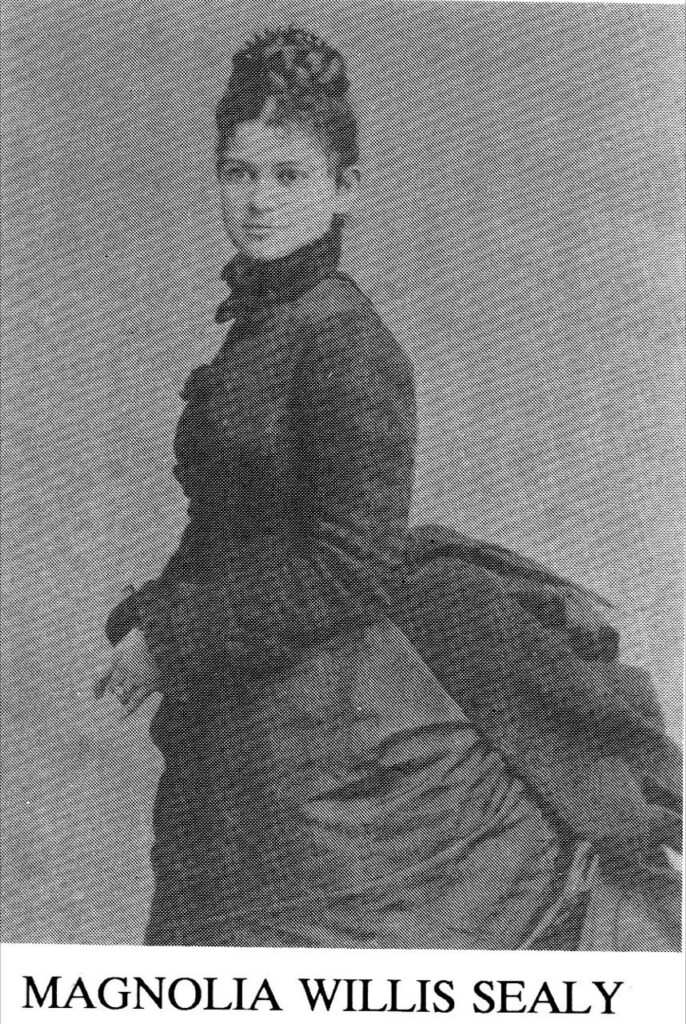



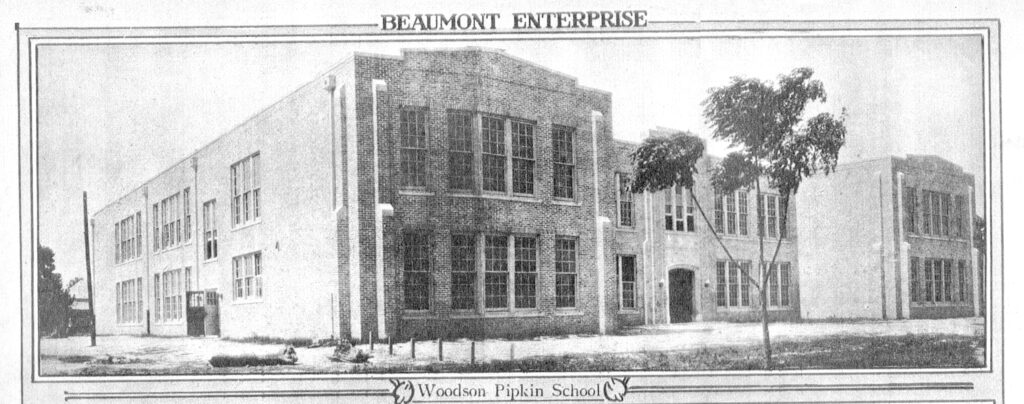


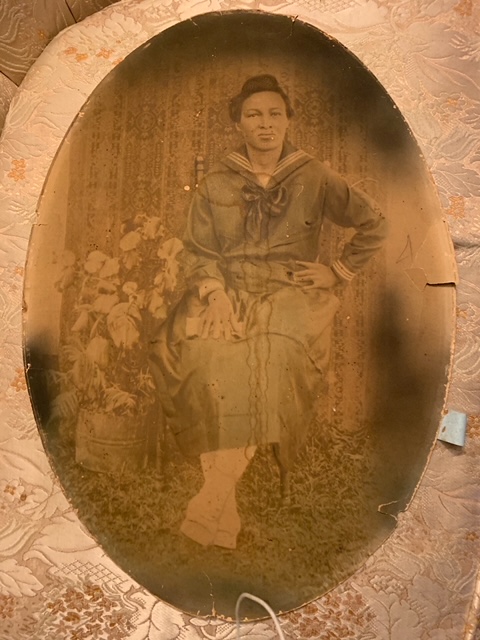




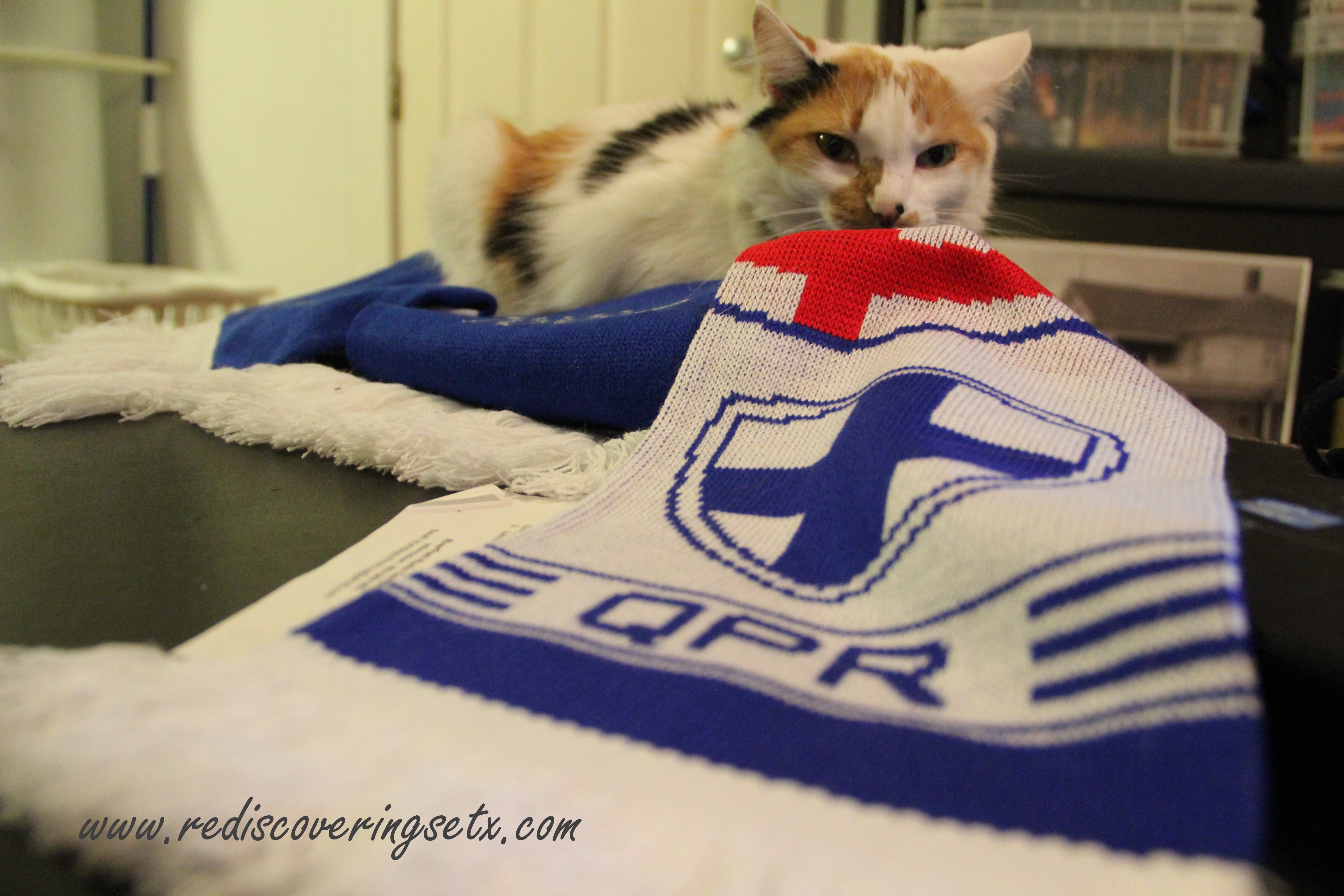

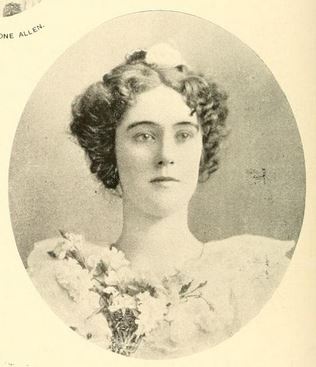
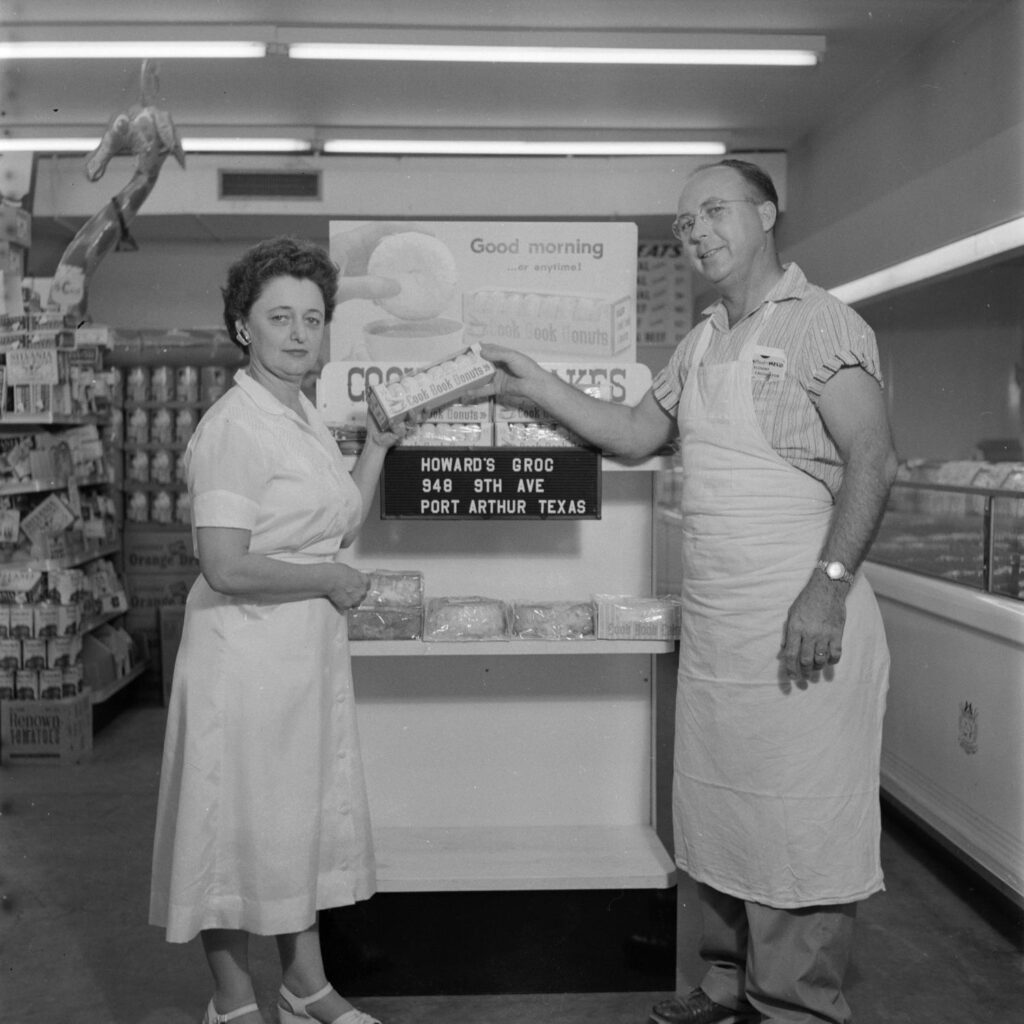
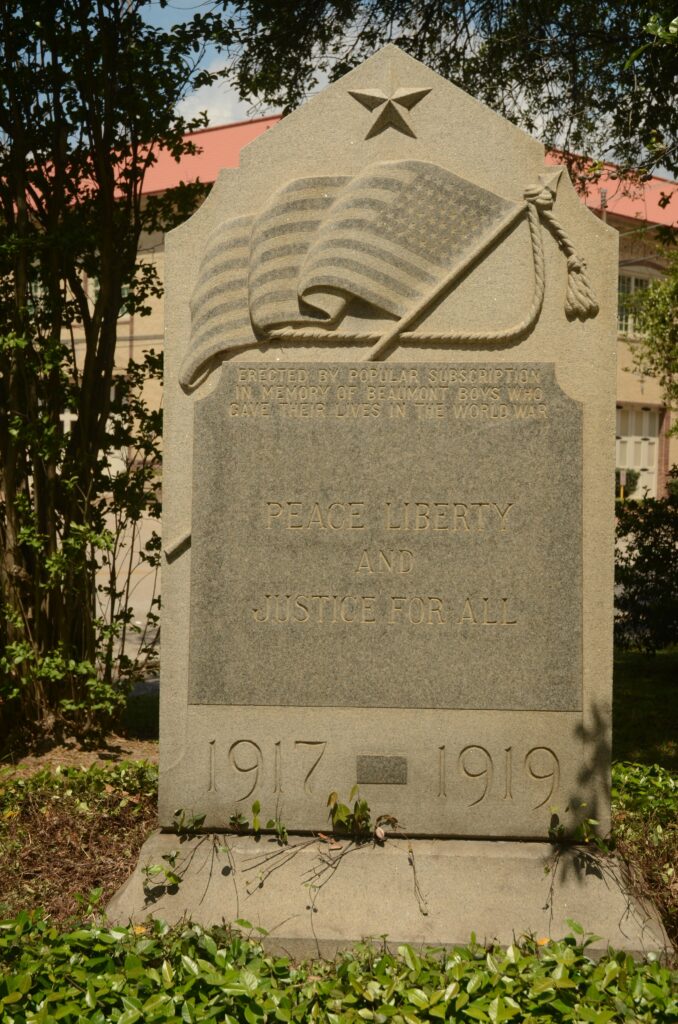
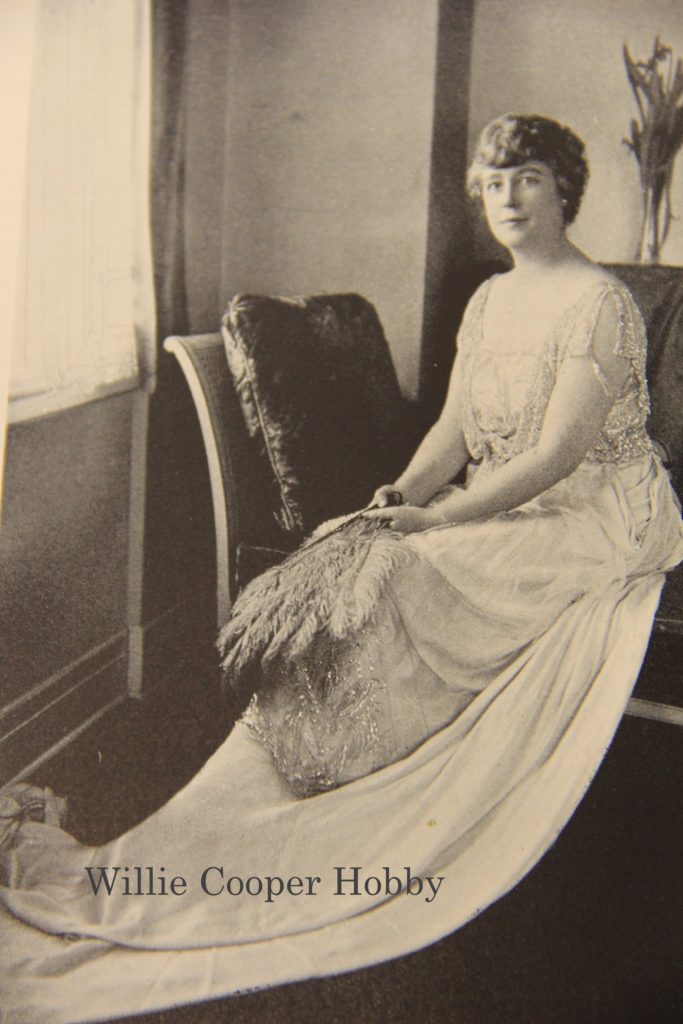
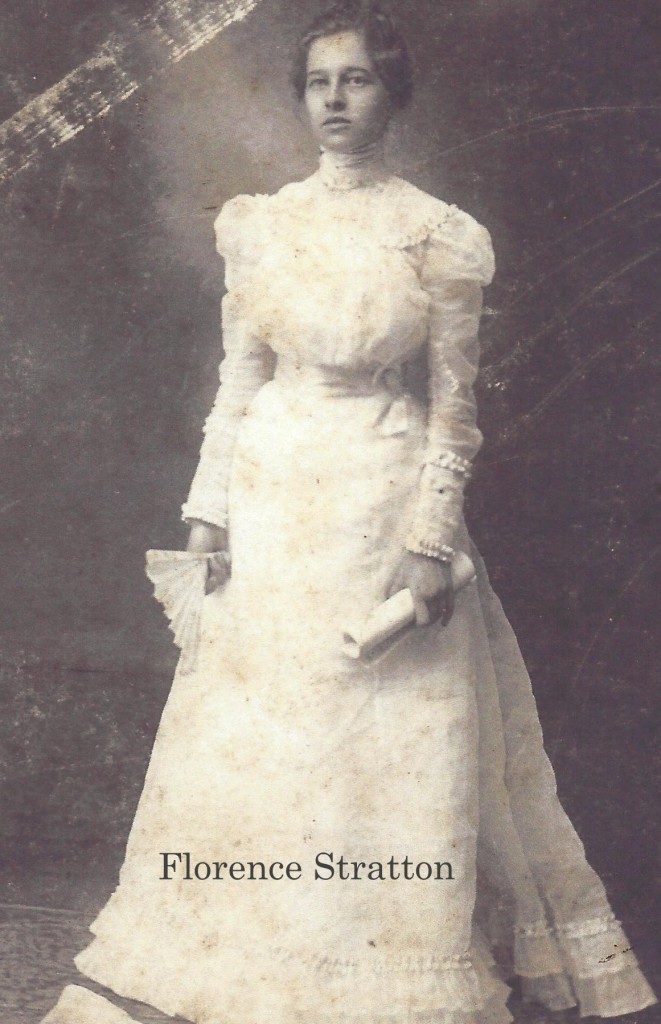
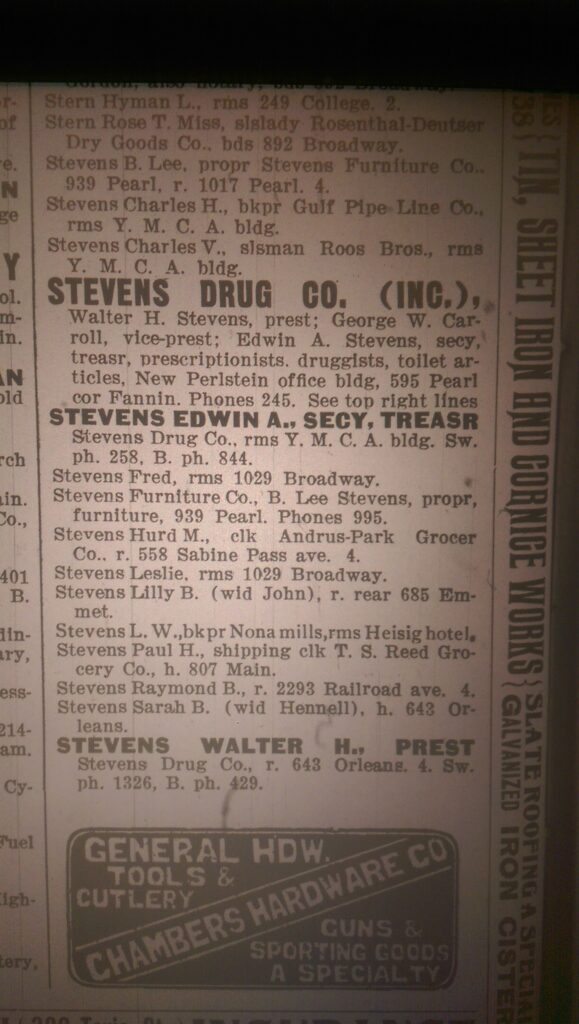
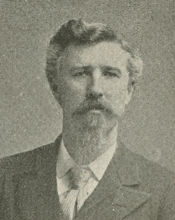
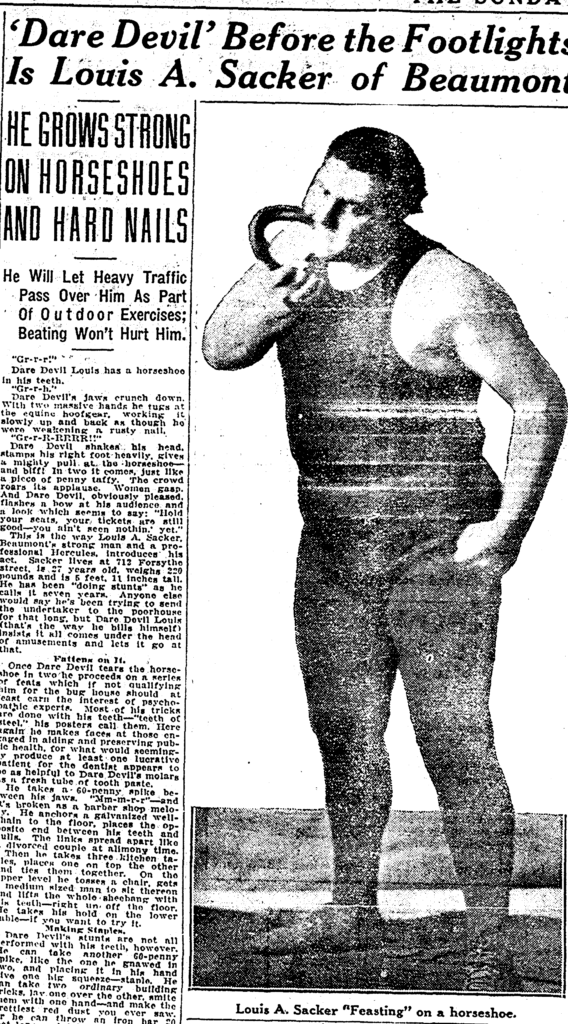

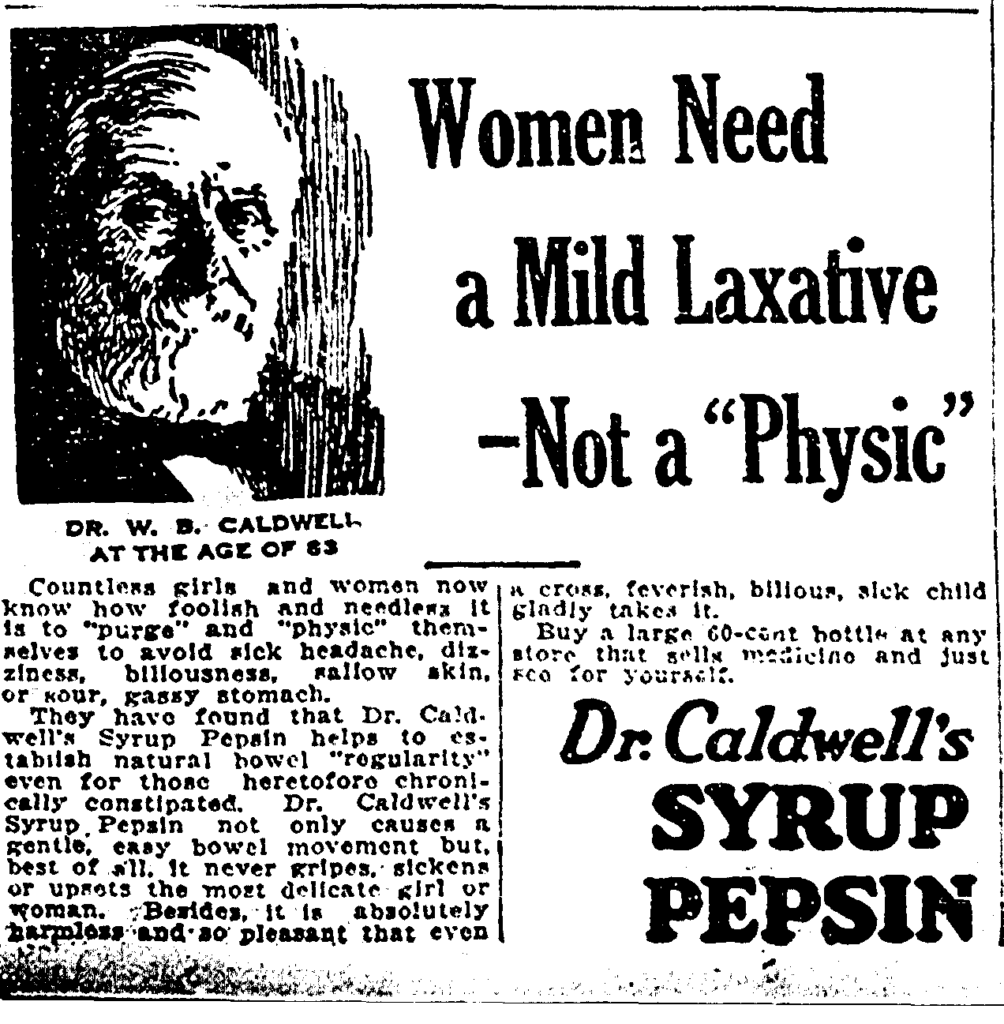





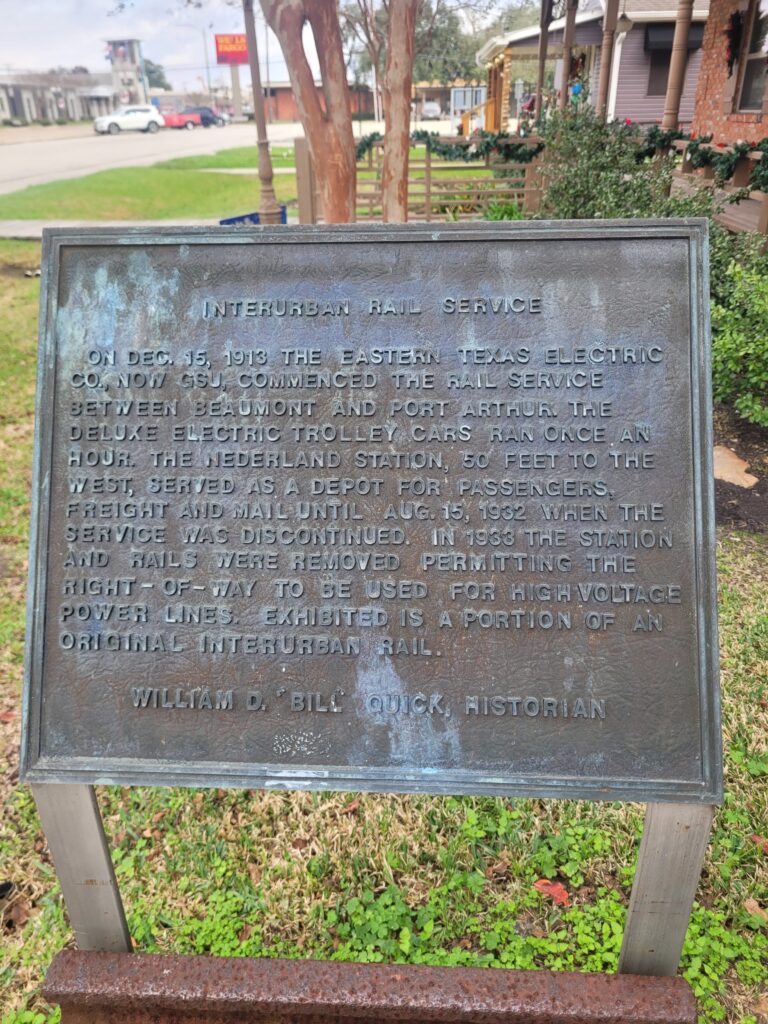
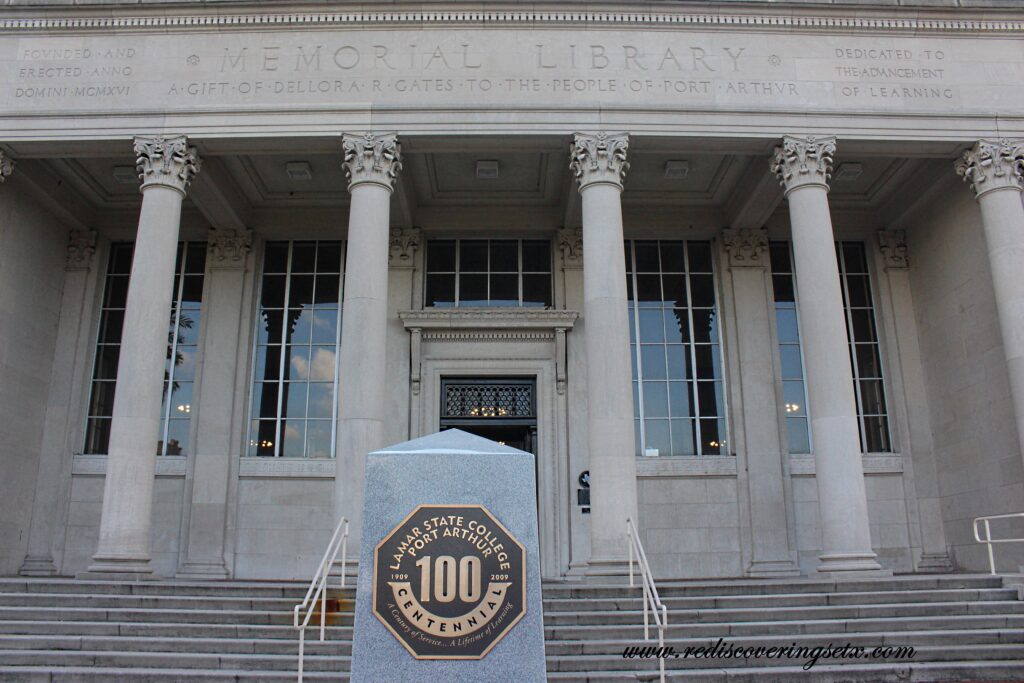
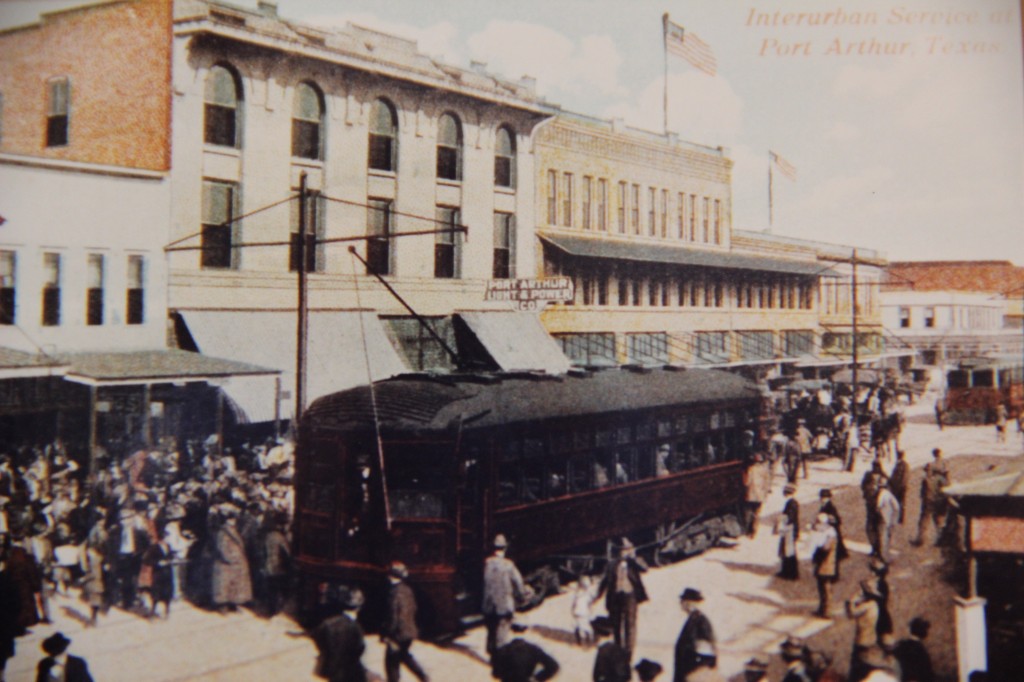

You must be logged in to post a comment.